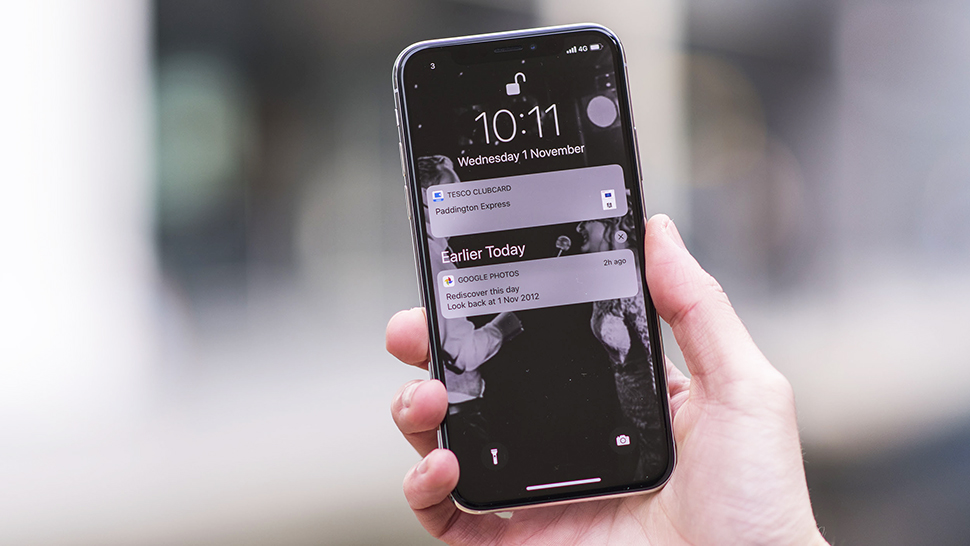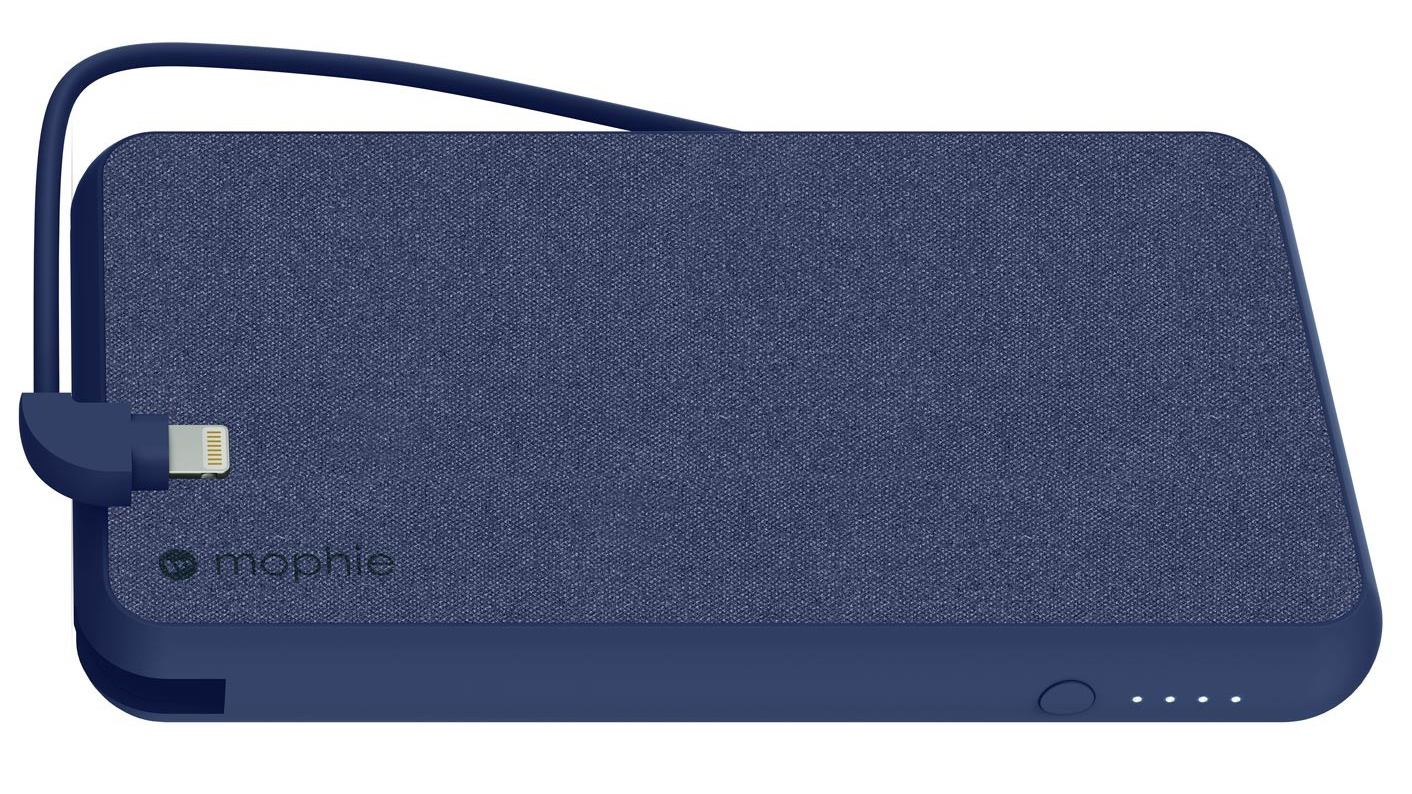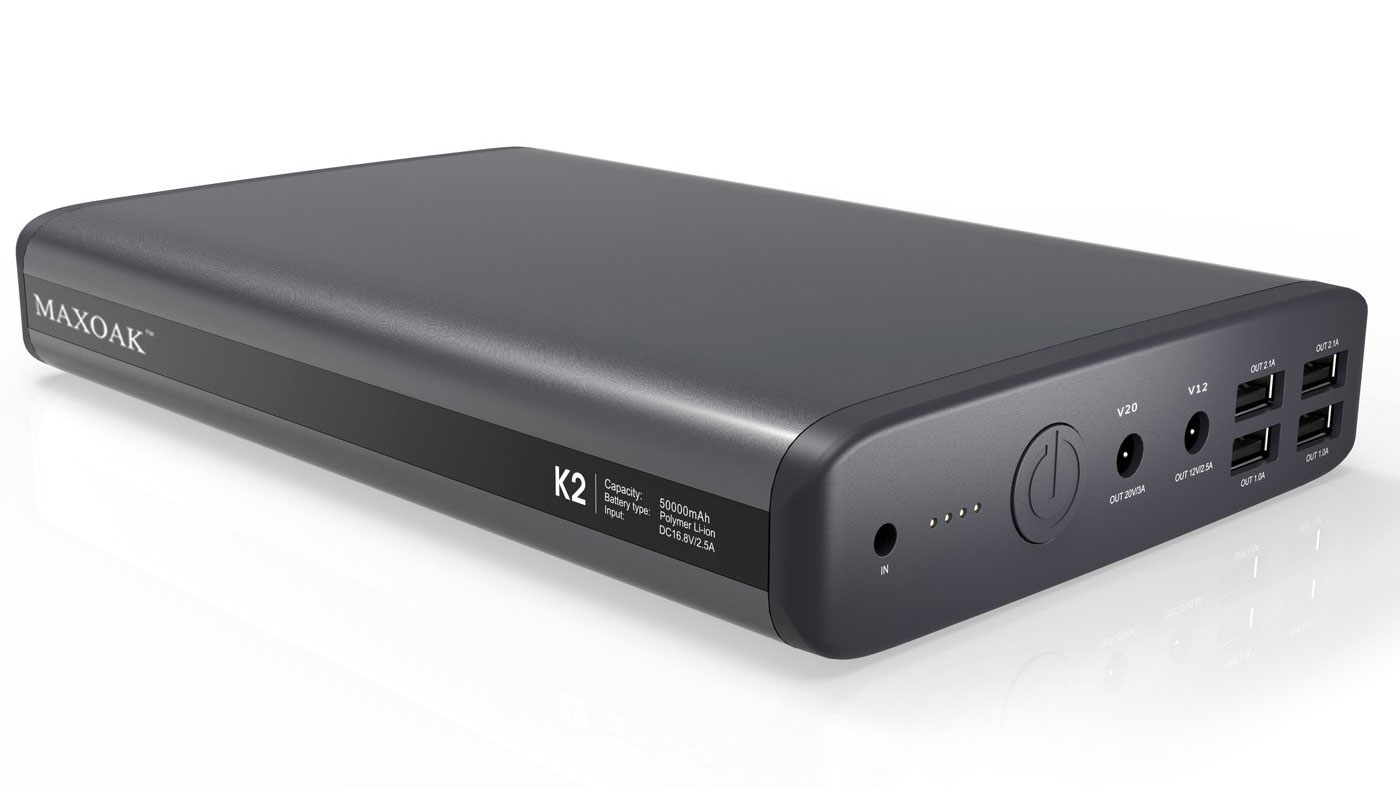On paper, reproducing sound should be simple. There's a source that has music and a speaker that generates noise. Press play on the player and audio should be spit out on the other end as crisp and clear as the day it was recorded. Right?
Wrong. Oh, so very wrong.
It turns out there is a TON of work that goes into reproducing sound. From the way the music is recorded to how it's stored, from what headphones or speakers you use to the source's DAC and amplifier, everything in the chain affects how music sounds.
That being said, if your music is sounding quite as spectacular as it should - and the only thing you've changed recently is the source - it's likely that your new device (a new laptop, desktop, phone or tablet) has a poor quality DAC.
A DAC, or Digital-to-Analogue Converter, is the device that takes the bits and bytes stored in a music file and converts it into something a headphone or speaker (analogue devices) can play back.
The advantages of using an external DAC
So why use a DAC if the device you use has one built-in? The first advantage of using an external DAC rather than the DAC that already exists in your device is simply that – most of the time – the performance you get out of an external system will be better than your phone's internal one. Why? Your phone's internal DAC may be lacking either for reasons of cost, or else a desire to keep the phone as compact as possible.
The second reason to shell out for a better system is the fact that some of the more premium headphones on the market are 'high-impedance' headphones, which require more power through the headphone jack on your music source in order to work properly. (Impedance, for the record, is measured in a unit called ohms, and less than 50 ohms is considered to be low-impedance.)
The general consensus is that the harder a pair of headphones is to drive, the better they will eventually sound when paired with the right equipment.
An external DAC helps with these headphones as it can work as a headphone amp to provide the extra power needed to drive a high-impedance pair of 'phones.
Now that you know how the technology works, let's talk about which devices you can get your hands on to amp up your audio.
What is the best DAC?

The Mojo is one of the larger DACs we've tested as a result of the onboard battery that needs to be charged before you can use it with your iPhone.
Having to charge an extra device – even if that charge lasts for 10 hours – before listening to music out and about is hardly ideal, but that's the price you have to pay for the Mojo's more power-hungry innards.
Thankfully the Mojo puts that power to good use, delivering a much rounder sound than the stock iPhone jack. Without the Mojo the treble and bass frequencies tend to take over, but introduce the external DAC into the mix and the mids are much more present and full.
The device's size means it's a bit cumbersome, and not exactly an inconspicuous accessory. I ended up carrying the Mojo in my front pocket (where I could easily access the device's volume controls), with the USB cable leading to my phone in my back pocket.
This probably won't be your ideal setup, and that might mean leaving the Mojo behind when you're going out on the town. Using the device at work, where I'm able to leave both my phone and the DAC on the desk, is a lot more user-friendly.
Other features include a second headphone output and a cool lighting feature whereby the volume buttons change colour based on the quality of the music file being received.

It is a very close call between the Chord Mojo and the RHA Decamp L1 which one we like more. While the Mojo offers a more compact form factor, the Decamp caters to iOS users with a dedicated USB input. That being said, the Decamp is a bit longer than the Chord Mojo and a fair bit heavier if you're the kind of person who doesn't mind hauling their audio gear around with them.
While it definitely fights for space in our already overcrowded backpacks, we genuinely love the Decamp - it makes playback sound smooth even when playing music from some less-than-ideal sources and the adjustment knobs on the side allow you to do simple, subtle tweaks to the sound. The knobs might not offer the most robust of changes (moreso than a software EQ, for example) but we appreciate their existence all the same.
It comes in a very close second here, but RHA's Decamp L1 is one of the better DACs to cross our desks and comes highly recommended.

Audioquest basically invented the USB DAC with the original Dragonfly back in 2012, but until now the the device's power demands limited its use to desktop use thanks to the iPhone's 100mAh limit on power draw through its lightning port.
But Dragonfly's latest devices, the Red and Black models, completely change that. By using an all-new USB microcontroller, Audioquest's Dragonfly Red/Black's DACs now consume closer to 25mA, and can now be used happily with any iOS device.
This makes the Dragonfly a pretty compelling iPhone DAC. With a total size smaller than most USB sticks the Dragonfly fits easily into a pocket alongside an iPhone.
So what's the difference (other than color) between the two flavors? Dragonfly Red is the more premium offering. It contains a better DAC chip, and outputs 2.1 volts of power as opposed to the Black's 1.2 volts. That mean the Red is a better choice for driving high-impedance headphones.
With my headphones plugged directly into my iPhone I was comfortable listening to music with the volume set halfway, but with the Red I could listen at just a quarter and with the Black this was strangely reduced to just one volume bar.
In effect this means that you have a lot less control over the listenable volumes – turning the Black up just one volume notch meant that music was too loud, and turning it down one muted the iPhone completely.
Both versions, however, added a good amount of heft to the bass without sacrificing the clarity of mid frequencies. A playthrough of Daft Punk's Get Lucky didn't shimmer in the same way without the DAC than with it.
Whether you'll want to pay extra for the Red version depends entirely on how difficult your headphones are to drive. If you're looking for a personal anecdote, with my standard portable cans I could barely tell the difference between the two DACs. But, when I switched to a more power-hungry set of over-ears, the Red delivered a much punchier bass.
Neither the Dragonfly Red or Black can match the refinedness of the Chord Mojo, but their budget price and much more practical form-factor make for a far better portable listening experience.

Creative Labs is a name you've heard before. It was the company that started the sound card craze in the late '90s and became king of the audiophile crowd for a short period of time. In the time since, Creative has been hard at work crafting extraordinary triple-driver in-ear headphones and an 11.2.4 soundbar while simultaneously working on a portable DAC for more ... uh, affordable price points.
The result of all that hard work is the Creative Sound Blaster E5 - the middle child in a large line-up of DACs that offers wireless connectivity options for those of us that can't be bothered with a cord.
While the idea of wireless is a great one, it's not without its limitations - Bluetooth can't transmit music at CD-quality without the help of more advanced codecs like LDAC or aptX HD. Because of that limitation, music over wireless just sounds OK. Sure, Creative can upscale it after it's been received, but it never sounds quite as good as native Hi-Res audio. Still, if wireless convenience is what you're looking for to power those powerful headphones in your closet, the E5 is far from the worst choice you could make.

The Arcam MusicBoost S is the most practical portable DAC, as it's built straight into an iPhone case, but the downside is that the MusicBoost S is slightly limited by its form factor – it's built for just two models of phone, the iPhone 6 and the iPhone 6S. Owners of the 6S Plus or the iPhone SE need not apply.
Like the Mojo, the MusicBoost is a power-hungry DAC that will need to be charged, but the added benefit is that it can use its extra battery life to power your phone as well as itself.
Arcam claims that the 1200mAh battery has the capacity to hold 120% of an iPhone's charge, which could potentially be a lifesaver if you're using the DAC to listen to music on a long flight.
Disappointingly, however, similar to the previous Arcam MusicBoost we tested, I found the MusicBoost made the smallest difference out of all the DACs. I really wanted to hear more of an impact, but the difference was only audible with a more demanding set of cans.
That said, the potential market for Arcam's portable DAC is probably small, limited to those with a specific model of iPhone and a pair of high-end headphones that can benefit from more power.
The positive news here is that the device doesn't suffer from the same volume issues as the Dragonfly – the volume slider has more freedom to move around before your portable music player becomes an ear canal-destroying rock show.
If you're in the market for a battery pack and protective case, and dig the idea of an enhanced audio experience, the Arcam MusicBoost S might be the accessory you've been searching for.

from TechRadar: Phone and communications news http://www.techradar.com/news/phone-and-communications/mobile-phones/if-iphone-7-ditches-the-audio-jack-these-three-dacs-will-keep-the-music-spinning-1321629
























